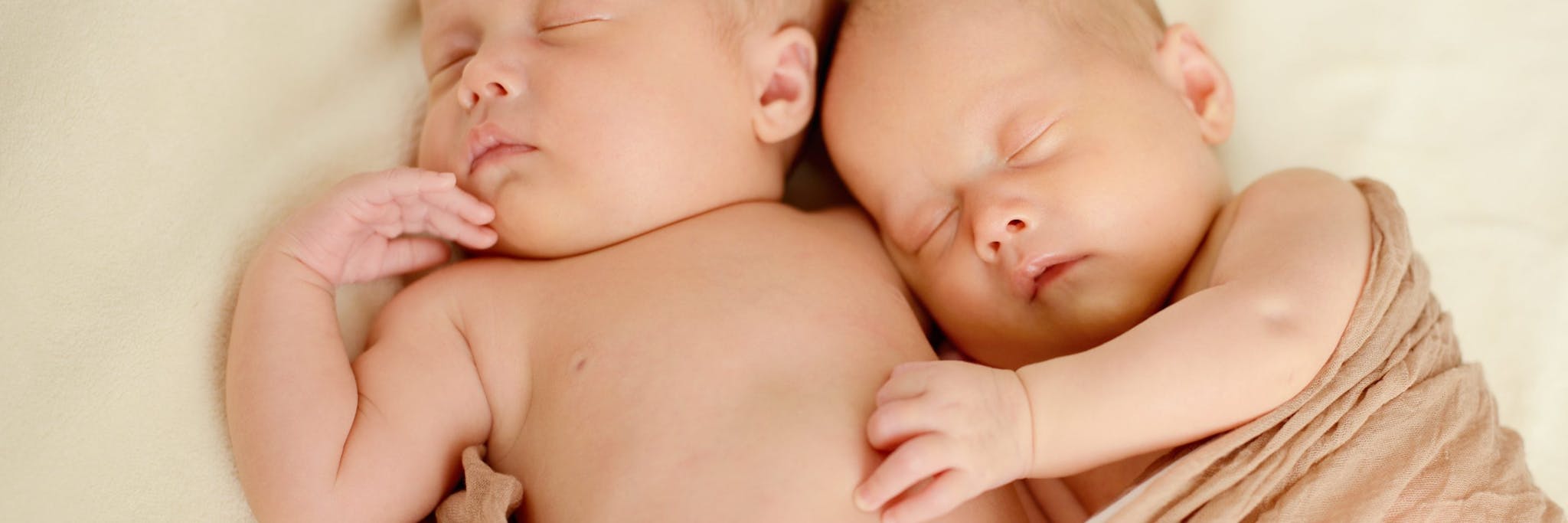
2024-09-19T11:59:35
How Do I Know If I Have PCOS?
- Family Medicine
- OB/GYN
June 6, 2016 | OB/GYN • Women and Children's Center
Specialties:OB/GYN

Back in the old days, it used to be an indication of twins if you had them anywhere in your family. It could be a set of great aunts, your grandmother or even some cousins somewhere throughout your family tree. The genetic component to having twins was strong, but still rare. Nowadays it’s not like that. With the massive advances in fertility treatments, including in vitro fertilization (IVF), where more than one embryo is implanted into the woman’s body to provide a better chance at one of them attaching, it’s more common for twins or multiples to occur.
Carrying more than one baby puts women in the category of a high-risk pregnancy. The CDC estimates that out of every 1000 births, 33 of them are twins or multiples. This number is quite a bit higher than just 20 or 30 years ago. Here are some other important factors to consider with multiple births.
With multiple births, especially in the case of triplets, quads and beyond it might be preferable to schedule a C-section. You’ll have a team of doctors there to help you with the birth, and additional support staff for each baby. The goal is to have you take home all your healthy children as soon as possible.
Sometimes the stress of multiple babies on the mother’s body causes her to go into labor earlier than expected. Twins or multiples are considered full term at 37 weeks. If you are having multiples, and can make it to the 32-week mark, it’s more likely you will have healthy babies that won’t require extensive time in the NICU.
Sometimes twins or multiples are born prematurely when organs, especially the lungs, aren’t fully developed. If premature birth occurs, you can expect months of monitoring in the NICU to ensure that your babies will continue to grow. Having the right prenatal care is so important with multiples, so that they have the best chance to thrive outside of their mother when they are born.
It’s truly a special achievement to give birth to multiple babies. You might need to take it easier than you normally would with a solo baby during your pregnancy. That’s one of the main reasons why it’s considered high-risk. Many women have to go on bed rest earlier than a woman carrying one baby in a multiple pregnancy situation.
Talk to your doctor at Revere Health about all the special steps you need to take while pregnant with twins, or multiples. A healthy, normal pregnancy is possible, but having the right high-risk OB/GYN to guide you through the process is of the utmost importance. Revere Health is experienced with high-risk multiples in pregnancy, and we are ready to assist you on the road to motherhood, no matter how many babies you are having.
WRITTEN BY:
The Live Better Team
This information is not intended to replace the advice of a medical professional. You should always consult your doctor before making decisions about your health.